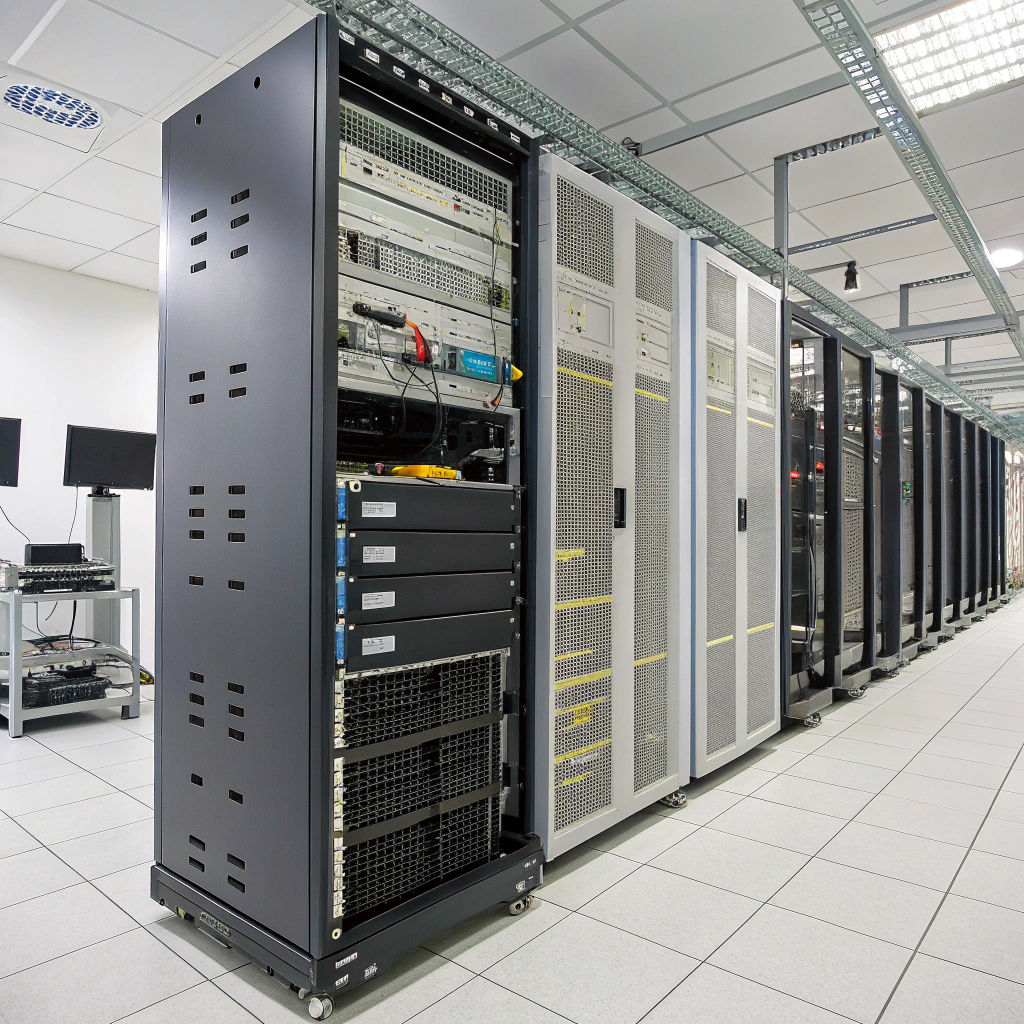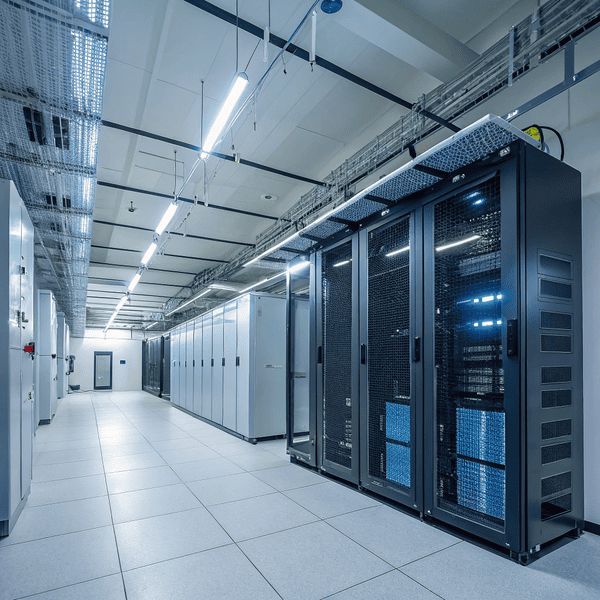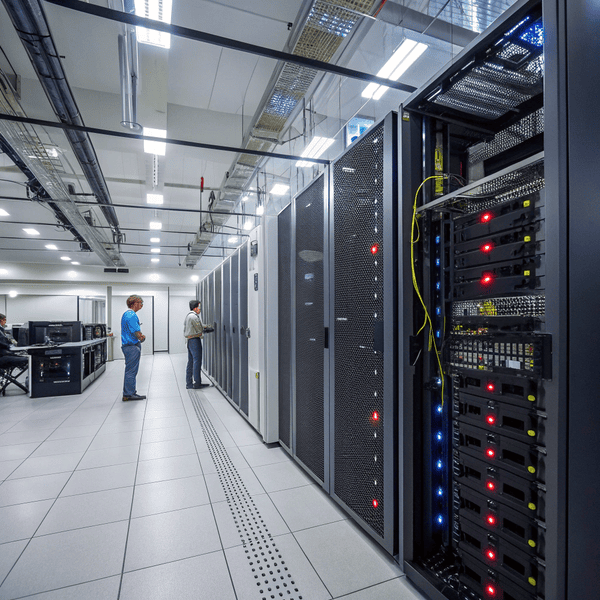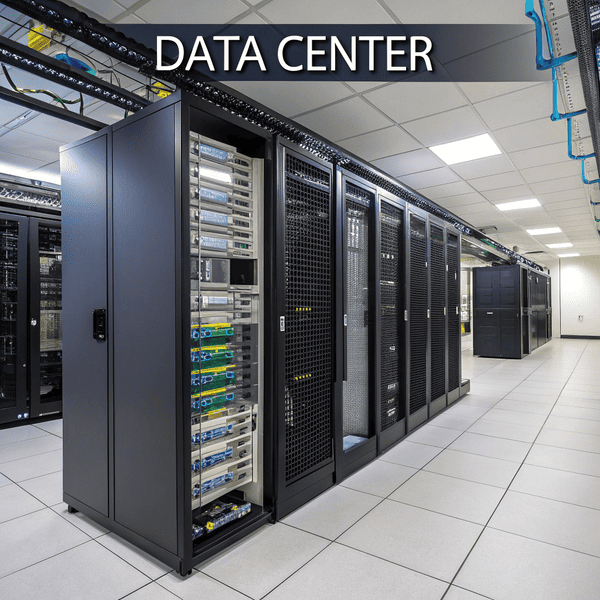Wondering what’s really inside a data center? Many people use online tools every day but don’t know what hardware makes them possible.
Data center hardware includesData center hardware includes servers, storage devices, network equipment[^1], power systems, and cooling units, all working together to make sure data is stored and shared reliably.
[^1]: Exploring these components helps in making informed decisions for building or upgrading data center infrastructure.
, all working together to make sure data is stored and shared reliably.
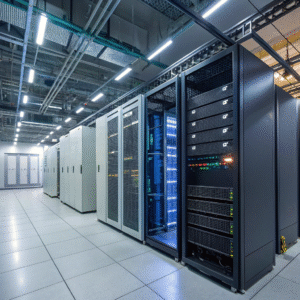
Most people have never seen the inside of a data center, but these places are at the heart of our digital lives. Whenever you send an email, watch a video, or back up your files, you’re depending on hardware that’s carefully designed, maintained, and upgraded by teams of specialists. Let’s explore the details and break down what makes up the backbone of today’s data centers.
What hardware is used in data centers?
Ever ask yourself what exact machines and devices keep the world’s information running? You’re about to find out.
Data centers use servers, storage arrays, switches, routers, power distribution units, uninterruptible power supplies (UPS), backup generators, and Data centers use servers, storage arrays, switches, routers, power distribution units, uninterruptible power supplies (UPS)[^1], backup generators, and advanced cooling systems to run applications and protect data.
[^1]: Explore this link to understand how UPS systems ensure data integrity and uptime in critical environments.
to run applications and protect data.
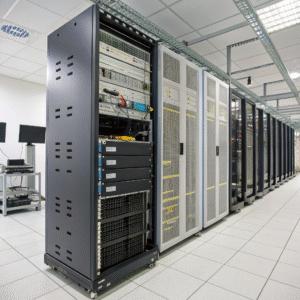
When I started working on my first project involving data centers, I had to learn quickly that it’s not just about computers. The servers do the main processing. Storage arrays—like SAN or NAS—archive important files, databases, and backups. Network switches and routers connect everything, making it possible for data to travel between systems and out to users. Power systems are the unsung heroes, keeping devices running even if the main electricity goes out. Then there’s cooling: CRAC units and chillers stop everything from shutting down due to heat. Here’s an overview in table form:
| Hardware Type | What It Does | Examples |
|---|---|---|
| Servers | Runs software and processes data | Rack, blade servers |
| Storage | Keeps data accessible and safe | HDD, SSD, SAN, NAS |
| Networking | Moves data across systems | Switches, routers, firewalls |
| Power | Supplies backup energy | UPS, PDUs, generators |
| Cooling | Controls room temperature | CRAC, chillers, cooling towers |
Every part must work perfectly together, or else your favorite digital services could stop without warning.
Are data centers considered hardware?
Sometimes people ask if a data center is hardware or if it’s something else. Here’s what that really means.
A data center is a physical facility filled withA data center[^1] is a physical facility filled with hardware components, but the term describes more than just the hardware—it’s the complete environment where data is stored, processed, and secured.
[^1]: Understanding data centers is crucial for grasping how data is managed and secured in today's digital world.
, but the term describes more than just the hardware—it’s the complete environment where data is stored, processed, and secured.
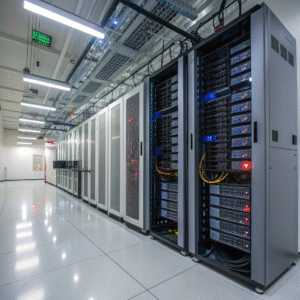
During my work with IT teams, I often explained that you can’t call a data center just “hardware.” While it’s true that racks, servers, and other machines fill the space, a data center is also about the environment, management systems, and even the building itself. Think of it this way: the hardware is the “body,” but a real data center also has the “brain” (the software, management, and monitoring tools) and the “skeleton” (the physical structure, security barriers, and access controls). So, when someone says “data center hardware,” they mean the physical machines, but a full data center covers much more—security systems, cooling methods, airflow management, and fire protection are all key parts.
| Aspect | Description |
|---|---|
| Hardware | Physical machines and devices |
| Facility | Building, security, environment |
| Management | Software, monitoring, personnel |
In short: hardware is a big part, but the facility as a whole goes further.
What are the components of a data center?
Want to see all the puzzle pieces that make a data center run smoothly? Let’s break down the main components.
The main components of a data center are servers, storage devices, network gear, power and cooling systems, andThe main components of a data center[^1] are servers, storage devices, network gear, power and cooling systems, and robust security measures that keep data protected and accessible at all times.
[^1]: Understanding the components of a data center is crucial for optimizing performance and ensuring reliability.
that keep data protected and accessible at all times.

When I visited my first data center, the staff showed me just how many different elements went into creating a secure, always-running environment. The servers form the backbone, handling data processing and service delivery. Storage systems keep information safe and ensure quick retrieval. Network equipment links everything, letting data move freely within the center and to the outside world. Power systems (including batteries and generators) provide backup, so outages don’t affect service. Cooling systems stop equipment from overheating. Finally, physical and cybersecurity are in place to block both digital and physical threats. Here’s how it looks in table form:
| Component | Role | Examples |
|---|---|---|
| Servers | Handles processing, runs all workflows | Dell, HP, IBM rack servers |
| Storage | Keeps data available and safe | SAN, NAS, SSDs, HDD arrays |
| Networking | Connects and routes information | Switches, routers, firewalls |
| Power | Prevents downtime | UPS, generators, PDUs |
| Cooling | Protects equipment from overheating | CRAC units, chillers |
| Security | Stops intruders and cyberattacks | CCTV, biometric, firewalls |
Every piece relies on the others. Remove one, and the whole operation can fail—a reminder of how vital each component is in supporting modern digital life.
Conclusion
Data center hardware powers the digital era, but successful data centers also depend on secure facilities, management tools, and systems designed for performance and safety.

